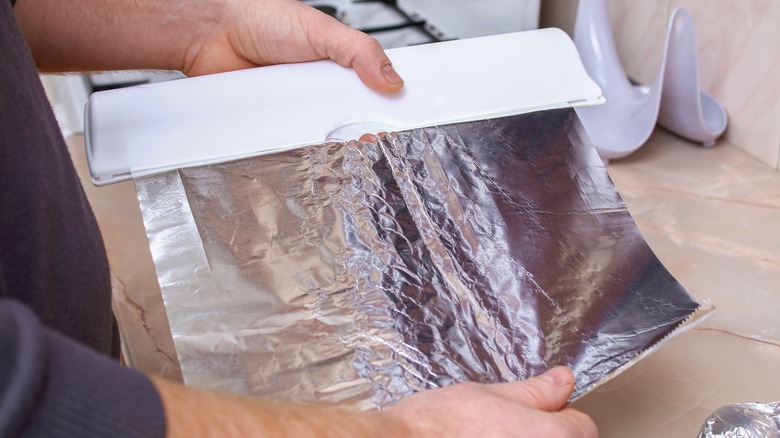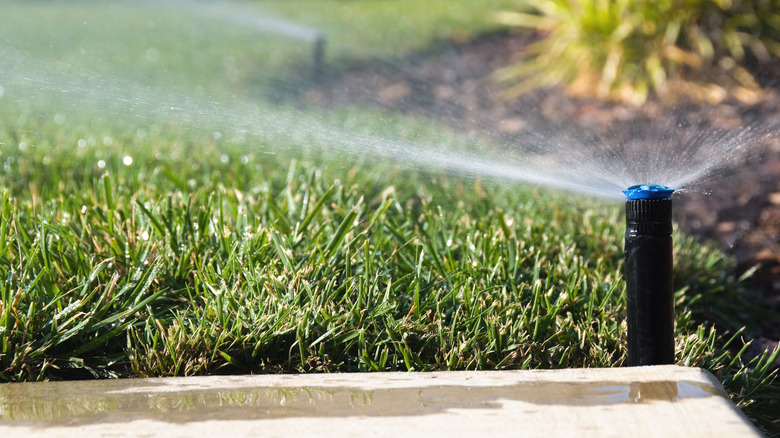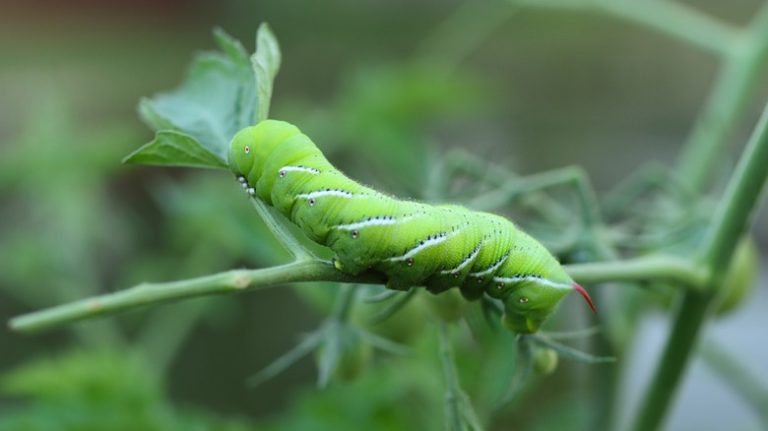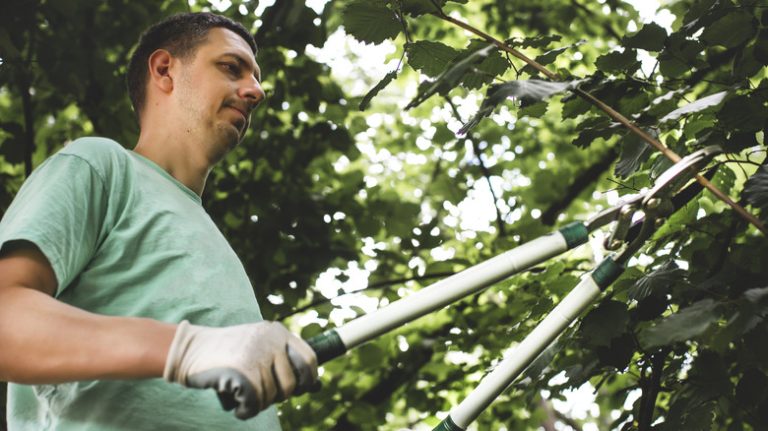Cat lovers might balk at the idea of deterring cats from their homes, but strays can wreak all kinds of unwelcome havoc on yards if you’re not careful. They can use your vegetable patch as a litter box, and the smell can get pretty bad, especially during the summer. They can also dig up your prized tulips as a game, or just create random holes as a source of entertainment. If you would rather not wake up to dug-up craters each morning — and are worried about your yard turning into one giant toilet — you might be looking for ways to keep stray cats out of your garden. You’ve probably heard of an easy hack for keeping them out of your space, which involves covering the soil with aluminum foil. While this trick can be effective, it’s not guaranteed to work 100% of the time.
Like most home remedy-type tricks, this hack hasn’t actually been proven to be effective through research. However, there is anecdotal evidence of people trying it and it working for them. Because of this, and since it only requires an item you probably already have in your house, it may be worth a try.
How to use this tinfoil hack

To utilize this hack, all you need is a roll of aluminum foil (or a few, depending on the size of your space) and a couple of heavy rocks. Simply lay out sheets of foil over the sections of your garden that seem to receive the most stray cat activity. Loosely put them over the dirt and secure the corners with a few heavy rocks so they don’t blow away in the breeze. You also want to make sure you put the shiny side of the foil upwards, maximizing the metallic factor and increasing your potential to scare the animals away. However, also ensure you don’t point too much foil towards your growing plants, as the heat and light reflecting off the surface could damage your greenery.
This hack is believed to work in some cases for three reasons: the texture, appearance, and sound of it can scare away strays. For the texture, cats don’t like the crinkly feeling underneath their paws because it’s something new and unknown. It makes them feel uncertain whether it is safe, and they will steer clear. As for the appearance, the reflective nature of the foil can spook them. It will create small flashes in the sun, which will make the area seem possibly unsafe. And lastly, the crinkling noise the foil creates when they step on it can deter strays. Some believe it sounds extremely high-pitched to their ears, making the area unpleasant to venture further into.
Caveats to keep in mind

Due to its simplicity, convenience, and low cost, this aluminum foil hack may be worth a try to keep strays from digging in your yard. However, it probably won’t scare off every single cat in your area. Some strays aren’t bothered by the texture or look of it, and others can become accustomed to it over time. If they venture into your yard often, they will likely approach the foiled area several times, investigating what this new barrier is. Once they learn it doesn’t actually pose a threat, they might walk across it to reach the patches of dirt that haven’t been covered and continue with their havoc.
Because of this, you might want to combine this hack with other deterrents if the problem persists. Motion-detected sprinklers are some of the best stray cat repellents you can invest in. If they cross into the sprinkler’s field, it will shoot a blast of water. This will scare them even if they don’t get wet and will eventually instill in their minds that your yard isn’t a convenient place to visit. You could also try other safe ways to keep outdoor cats out of your garden beds, such as deterring them with certain scents or using ultrasonic animal repellents.



